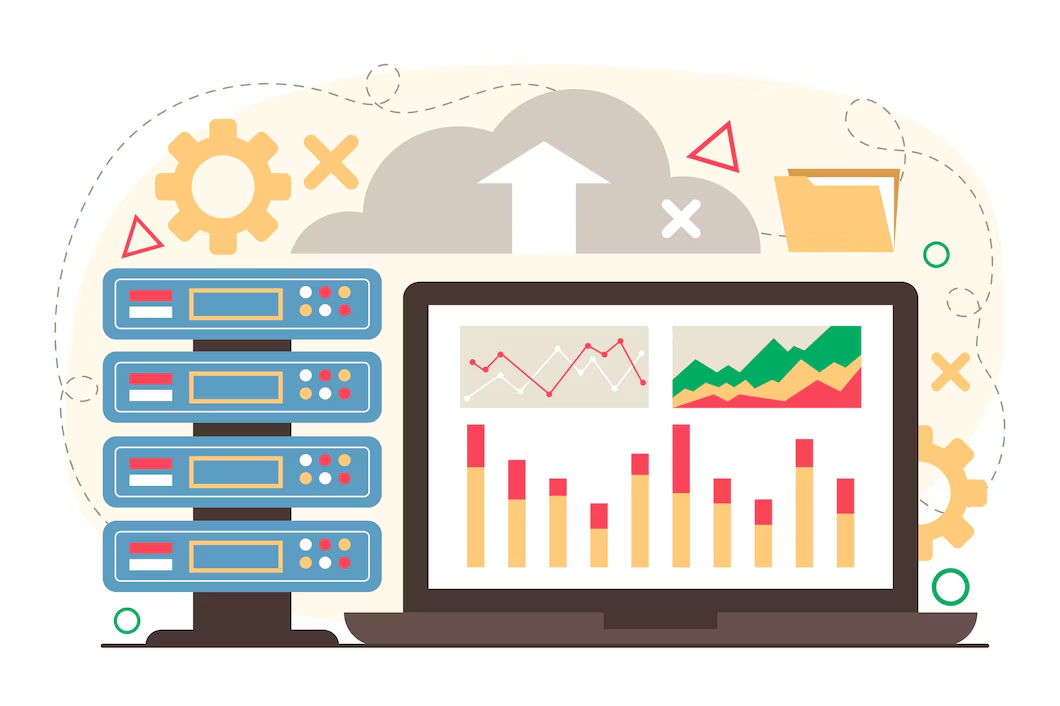Optimizing server performance is crucial for maintaining a responsive and efficient hosting environment, especially for web applications and services. DirectAdmin, a popular web hosting control panel, provides various tools and features that can help administrators fine-tune server performance. This guide explores key strategies for optimizing server performance using DirectAdmin.
Understanding DirectAdmin
DirectAdmin is a user-friendly control panel designed for web hosting. It simplifies server management tasks for both users and administrators, providing a graphical interface to manage domains, databases, email accounts, and more. Its modular architecture allows for customization and scalability, making it suitable for various server configurations.
Key Areas for Optimization
- Server Configuration
- PHP Settings: DirectAdmin allows you to manage PHP versions and settings through the PHP Selector tool. Using the latest stable PHP version can improve performance due to optimizations and new features. Adjusting settings like
memory_limit,max_execution_time, and enabling opcache can also enhance PHP performance. - Apache and Nginx Tuning: DirectAdmin supports both Apache and Nginx. Optimizing configurations, such as setting proper
KeepAlivesettings in Apache and using Gzip compression, can significantly reduce load times. Nginx, known for its efficient resource usage, can serve static files faster than Apache, so consider using it as a reverse proxy or in combination with Apache.
- PHP Settings: DirectAdmin allows you to manage PHP versions and settings through the PHP Selector tool. Using the latest stable PHP version can improve performance due to optimizations and new features. Adjusting settings like
- Database Optimization
- MySQL/MariaDB Settings: Databases are often a bottleneck in web applications. DirectAdmin provides tools to manage MySQL/MariaDB settings. Parameters such as
innodb_buffer_pool_size,max_connections, andquery_cache_sizecan be adjusted for optimal performance. Regularly running optimization scripts on tables can also help maintain performance. - Using Database Indexing: Proper indexing of database tables speeds up query execution. DirectAdmin doesn’t directly manage indexes, but it facilitates access to phpMyAdmin, where you can create and manage indexes.
- MySQL/MariaDB Settings: Databases are often a bottleneck in web applications. DirectAdmin provides tools to manage MySQL/MariaDB settings. Parameters such as
- Resource Monitoring and Management
- Monitoring Tools: DirectAdmin includes tools for monitoring server resources, such as CPU, RAM, and disk usage. Regularly checking these metrics helps identify bottlenecks. The “Show Server Status” feature provides insights into the performance of various services and can help pinpoint areas needing attention.
- Limiting Resource Usage: Use the user-level resource limits to prevent any single account from monopolizing server resources. Setting CPU and memory limits for individual users ensures that one resource-intensive site doesn’t impact others on the same server.
- Caching Solutions
- Cache Configuration: Implementing caching mechanisms can drastically improve load times. DirectAdmin supports various caching solutions, including APC, Memcached, and Redis. These tools cache frequently accessed data, reducing database load and improving response times.
- Content Delivery Network (CDN): While not a feature of DirectAdmin itself, integrating a CDN with your DirectAdmin-managed sites can enhance performance. CDNs cache static content across multiple locations, reducing latency and server load.
- Email Management
- Email Settings Optimization: DirectAdmin provides options to manage email accountslike roundcube , spam filtering, and autoresponders. Properly configuring SPF, DKIM, and DMARC records can reduce spam and improve deliverability, indirectly contributing to server performance.
- Mail Queue Management: Monitor and manage the mail queue to prevent it from growing excessively, which can consume server resources and slow down email delivery.
- Security and Updates
- Regular Updates: Keeping DirectAdmin, server software, and all applications updated is vital for performance and security. Security patches often include performance improvements.
- Firewall and Security Tools: Implementing a firewall and other security measures can prevent malicious traffic from overwhelming your server, thereby maintaining optimal performance.
- Backup Management
- Efficient Backup Solutions: Regular backups are essential, but they can impact server performance if not managed properly. DirectAdmin allows for scheduled backups during off-peak hours, reducing the performance impact during busy times.
Conclusion
Optimizing server performance using DirectAdmin involves a combination of configuring server settings, managing resources, implementing caching solutions, and maintaining security. By leveraging DirectAdmin’s tools and features, administrators can enhance the efficiency and responsiveness of their servers. Regular monitoring and adjustments based on performance metrics will ensure that your hosting environment remains robust and capable of handling increasing demands. Ultimately, a well-optimized server contributes to better user experiences and higher satisfaction for both administrators and end-users.
